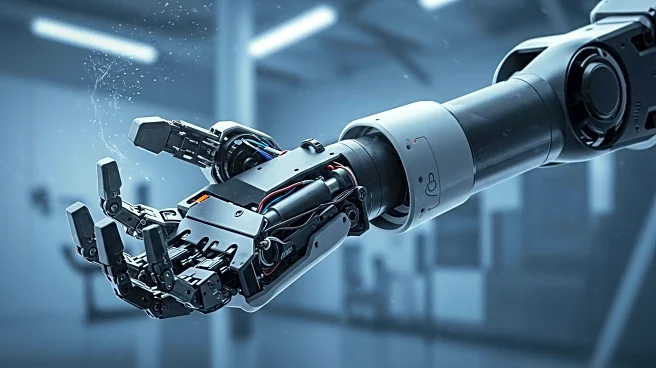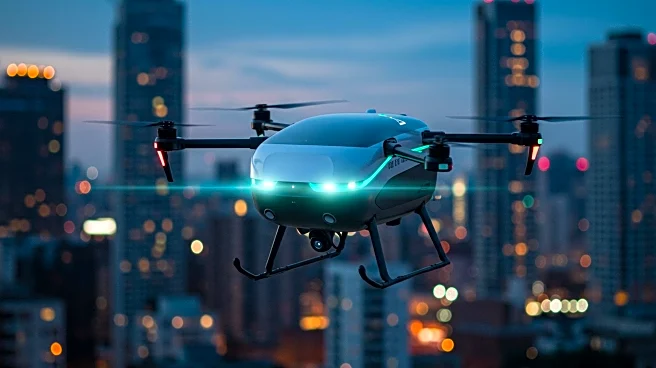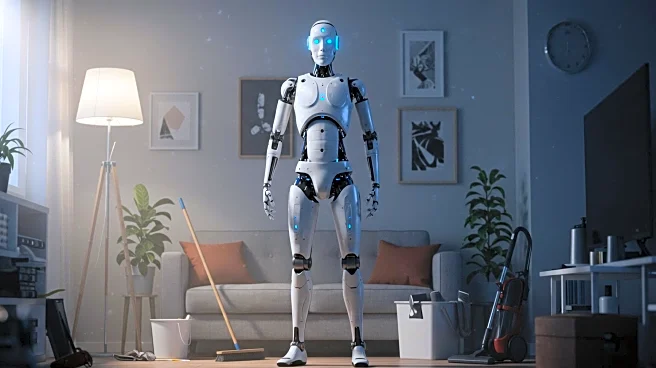Rapid Read • 7 min read
Sonair has unveiled ADAR (acoustic detection and ranging), a 3D ultrasonic sensing technology aimed at improving safety and perception in autonomous mobile robots (AMRs). Unlike traditional 2D LiDAR, ADAR provides a comprehensive 180x180-degree field of view, allowing robots to detect objects and people in 3D, which enhances their awareness in environments shared with humans. The technology is set to receive safety certification by the end of 2025, positioning it as a significant advancement in AMR sensing. Over 20 global companies have validated ADAR's effectiveness, and Fuji Corp. has already integrated it into their upcoming line of autonomous mobile robots.
AD
The introduction of ADAR technology represents a pivotal shift in the AMR industry, potentially increasing safety in environments where humans and robots coexist. By offering a 3D perspective, ADAR could reduce accidents and improve operational efficiency, making it a valuable asset for industries relying on autonomous systems. This advancement may lead to broader adoption of AMRs across various sectors, including manufacturing and healthcare, where safety and precision are paramount. The technology's validation by multiple companies underscores its potential impact on the market.
As ADAR technology approaches safety certification, its adoption is likely to expand, with more companies integrating it into their autonomous systems. This could lead to increased competition among sensor technology providers, driving further innovation in the field. Stakeholders in industries utilizing AMRs may need to reassess their current systems to incorporate ADAR, potentially leading to upgrades and new investments in robotics technology.
The development of ADAR technology highlights the growing importance of safety in robotics, particularly in shared human environments. It also reflects a broader trend towards more sophisticated sensing technologies that can enhance the capabilities of autonomous systems. This shift may influence regulatory standards and safety protocols, prompting discussions on the ethical implications of deploying advanced robotics in everyday settings.
AD
More Stories You Might Enjoy










